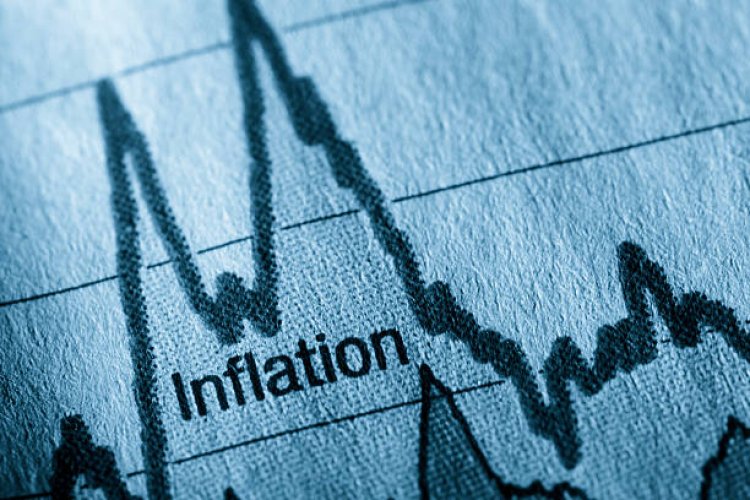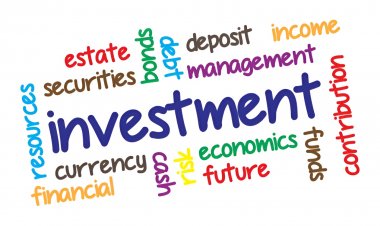A Deep Dive into Nepal's Inflationary Trends: What the Data Tells Us
Discover Nepal's inflationary trends with an in-depth analysis of statistical data on CPI, food and beverage inflation, non-food and service inflation, WPI, and SWRI in this comprehensive article.

Inflation is a persistent rise in the general price level of goods and services in an economy over a period of time. In Nepal, the consumer price inflation (CPI) rate has been steadily rising in recent years, which has had significant impacts on the cost of living for Nepalese citizens. In this article, we will take a closer look at the inflationary trends in Nepal and what the data tells us about the causes and impacts of this rise in prices.
Consumer Price Inflation (CPI)
The year-over-year consumer price inflation rate in mid-July 2022 was recorded at 8.08 percent, up from 4.19 percent a year ago. This significant rise in CPI can be attributed to a global increase in fuel and food prices, supply chain disruptions, and the devaluation of the Nepalese currency with the US dollar. However, despite this rise in CPI during the second half of 2021/22, the annual average consumer price inflation remained at 6.32 percent, up from 3.60 percent a year ago.
Food and Beverage Inflation
Under the Food and Beverage category, the prices of Ghee & Oil, Pulses & Legumes, Tobacco Products, and Alcoholic drinks sub-categories rose by 26.13 percent, 9.92 percent, 9.84 percent, and 8.57 percent, respectively, on an annual basis. The annual average food and beverage inflation rate stood at 5.69 percent in 2021/22, up from 5.00 percent a year ago, while the y-o-y food and beverage inflation rate stood at 6.89 percent in mid-July 2022, up from 5.81 percent a year ago.
Non-food and Service Inflation
Non-food and service inflation is another important aspect of inflation in Nepal. The annual average non-food and service inflation stood at 6.83 percent in 2021/22 compared to 2.51 percent a year ago. This indicates a significant rise in non-food and service inflation over the past year. The year-on-year non-food and service inflation stood at 9.03 percent in mid-July 2022 compared to 2.94 percent a year ago.
The prices of various sub-categories under the non-food and services category also witnessed a significant rise. The sub-categories that recorded the highest price rise include Transportation, Education, Furnishing & Household Equipment, and Recreation & Culture. These sub-categories witnessed an annual price rise of 15.82 percent, 8.78 percent, 7.09 percent, and 6.68 percent, respectively.
Region-wise Consumer Price Inflation
The inflation rate in Nepal varies across different regions. Kathmandu Valley, Terai, Hill, and Mountain regions witnessed 5.73 percent, 6.41 percent, 6.87 percent, and 6.07 percent, respectively, in terms of CPI-based inflation. In comparison, the inflation rate in these regions had registered 3.33 percent, 3.68 percent, 3.87 percent, and 2.87 percent, respectively, in the previous fiscal year.
Consumer Price Inflation in Nepal and India
Nepal's inflation rate is also comparable to that of India. The y-o-y consumer price inflation in Nepal as of mid-July 2021/22 remained 8.08 percent, while in India, it stood at 6.71 percent in July 2022.
Wholesale Price Inflation (WPI)
Wholesale Price Inflation (WPI) is another critical indicator of inflation in Nepal. In 2021-2022, average wholesale price inflation was 9.51 percent, up from 7.61 percent the previous year.The year-over-year wholesale price inflation stood at 12.74 percent in the last month of 2021/22 compared to 8.21 percent a year ago.
National Salary and Wage Rate Index (SWRI)
The National Salary and Wage Rate Index (SWRI) is another essential aspect of inflation in Nepal. The average salary and wage rate index stood at 6.65 percent in 2021/22 compared to 1.60 percent a year ago. The y-o-y salary and wage rate index increased by 9.09 percent in the last month of 2021/22 compared to 2.76 percent a year ago. The salary index and wage rate index increased by 9.44 percent and 8.99 percent, respectively, in the review month.
Inflation is a significant economic issue in Nepal that affects the cost of living for citizens, businesses, and the overall economy. The data reveals that consumer price inflation, food and beverage inflation, non-food and service inflation, wholesale price inflation, and the national salary and wage rate index have all increased significantly over the past year. Factors such as global rise in fuel and food prices, supply chain disruptions, and devaluation of the Nepalese currency with the US dollar have contributed to build-up inflationary pressures in the country.
The government of Nepal must take adequate measures to control inflation by promoting domestic production, stabilizing the supply chain, improving infrastructure, and controlling the money supply. Moreover, it is essential to monitor and regulate the prices of essential commodities, such as food and fuel, to ease the burden of inflation on consumers. By taking these measures, the government can ensure stable economic growth and improved living standards for the citizens of Nepal.
What's Your Reaction?







































































































